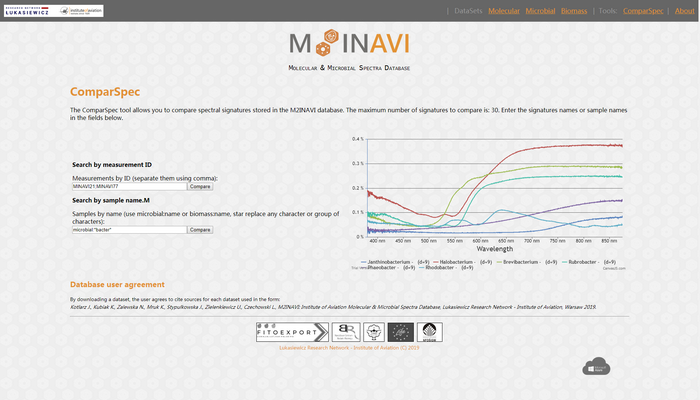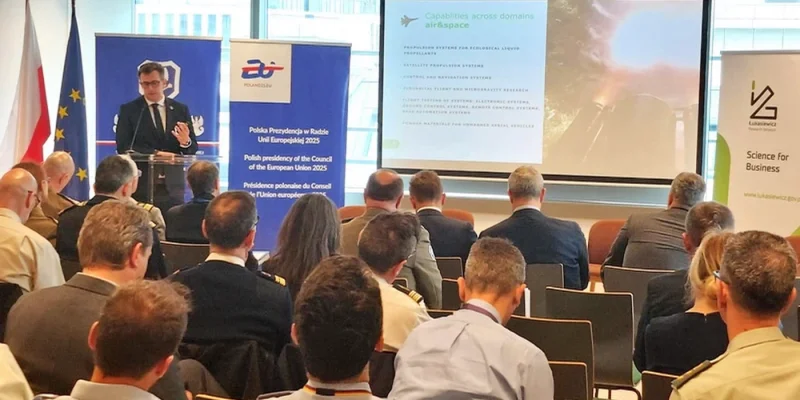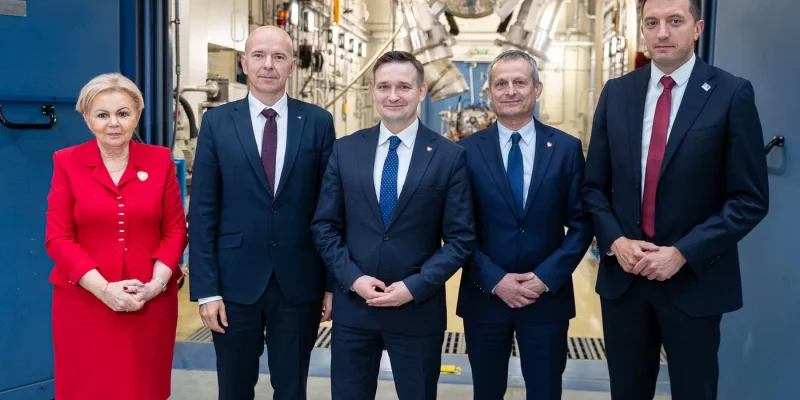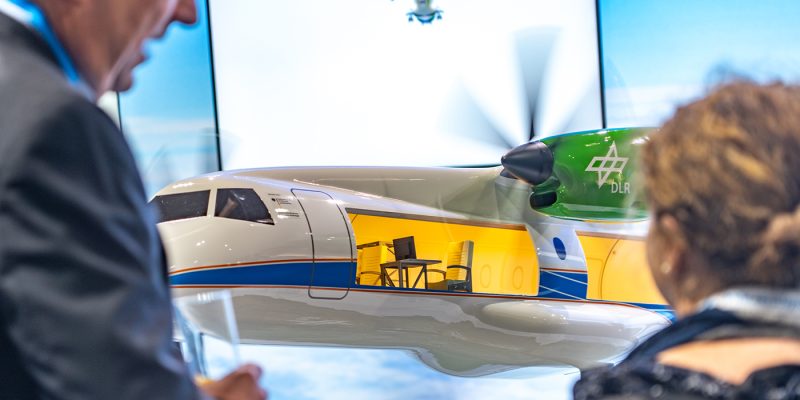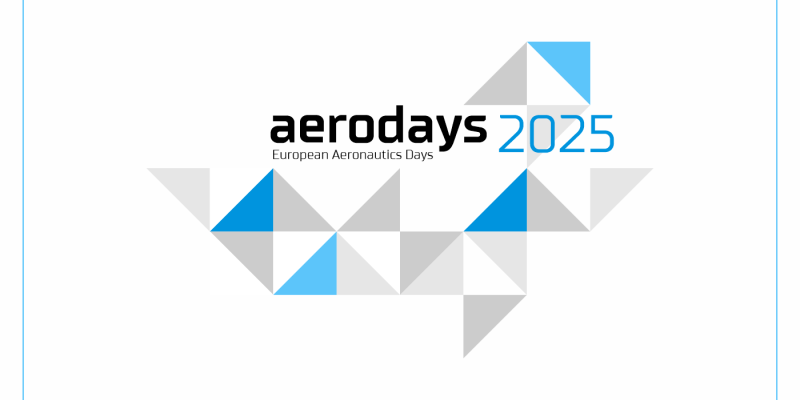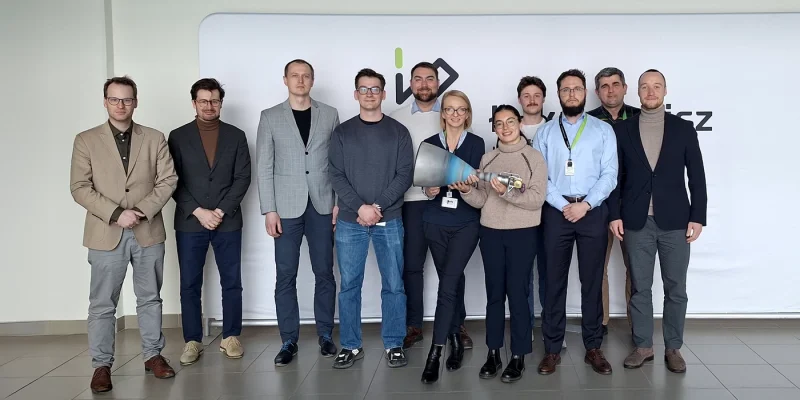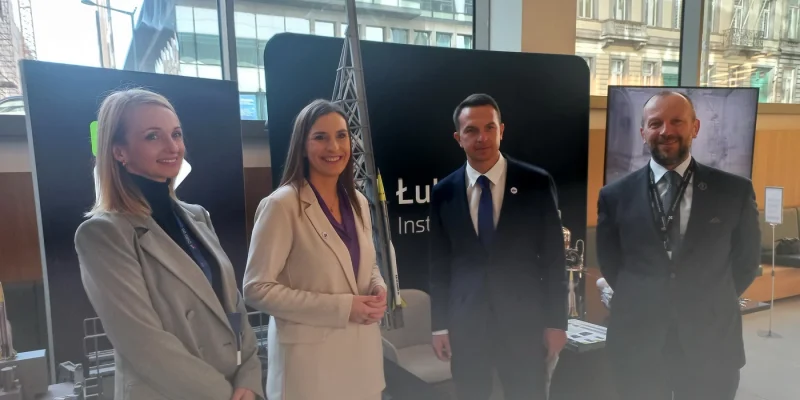In the Remote Sensing Department in the Łukasiewicz Research Network – Institute of Aviation, storing and sharing a service of reference multispectral data has been launched. The M2INAVI database enables the analysis of multispectral imaging using unmanned systems and in designed future space missions as well as the remote detection of selected objects such as pathogens in forestry, agriculture, and horticulture or remote detection of microbiological pollution. It can be treated as an element of IoT systems enabling archiving and ongoing analysis of images for any unmanned system with Internet access.
The database has been placed in the Microsoft Azure cloud. The developed solution is fully scalable for the needs of both: small and large enterprises located in every part of the world.
“Currently, in the database, we have published signatures of methanogenic archaea, bacteria, including extremophiles, provided by the Institute of Biochemistry and Biophysics of the Polish Academy of Sciences. In the project carried out this year at Łukasiewicz – Institute of Aviation, we have successfully completed an attempt to detect them remotely in the analog of the environment characteristic of the “Tiger Stripes” – area at the South Pole of Enceladus, the moon of Saturn” says an expert of the astrobiology section of the Polish Academy of Sciences and an employee of the Remote Sensing Department, Katarzyna Kubiak, PhD.
“The integration of the camera with the M2INAVI database in the architecture of the intelligent edge device allowed the separation of various types of components in multispectral images taken in a vacuum chamber. Image processing in this IT architecture has been divided into two domains: configurable processes located next to the camera and processes in the cloud, based on machine learning methods and signatures from the M2INAVI database” describes Jan Kotlarz from the Remote Sensing Department.
A similar implementation concept, using special sensors and unmanned systems, is currently used as part of Task 2 of the FITOEXPORT Project (GOSPOSTRATEG 1/385957/5/NCBR/2018) titled “Increasing competitiveness of Polish plant products in international markets by improving quality and phytosanitary safety” financed by the GOSPOSTRATEG NCBiR program.
“In the database, we collect spectral signatures of pathogens under the control of the State Plant Health and Seed Inspection Service (e.g. fungi responsible for bitter and brown apple rot, or E.amylovora bacteria responsible for apple blight). Hyperspectral data of leaves infected with Erwinina Amylovora were collected at all stages of the disease – from the day of inoculation until the appearance of visible symptoms on the leaves and fruits” says the head of Task 2 of the FITOEXPORT Project Hubert Skoneczny.
The available apple leaf markings infected with fire blight were taken from material provided by the Institute of Horticulture in Skierniewice. They are a source of data about the processes occurring during the infection and can be used to prevent it in the orchard. Leaf spectral signatures, included in the M2INAVI database, will be used for further work aimed at developing new methods of vetting crops.
In addition to browsing signatures, the ComparSpec tool is also available in the M2INAVI database to compare collected signatures.
The M2INAVI database is available at www.ilot.edu.pl/m2inavi.


